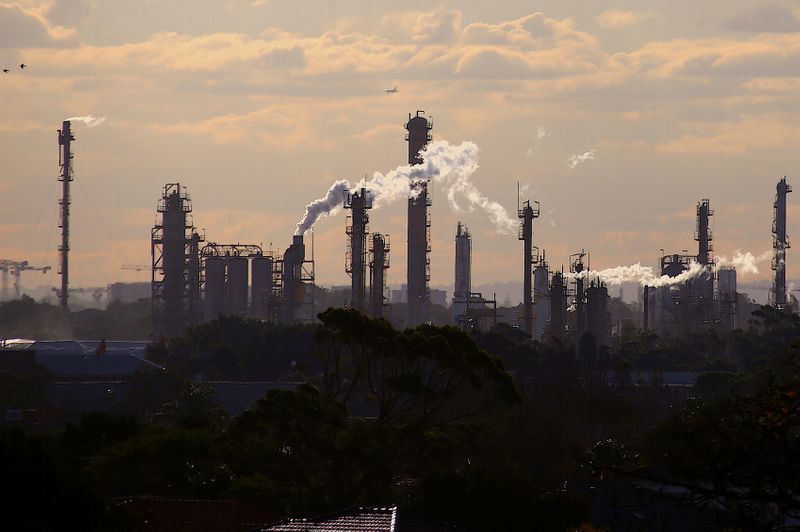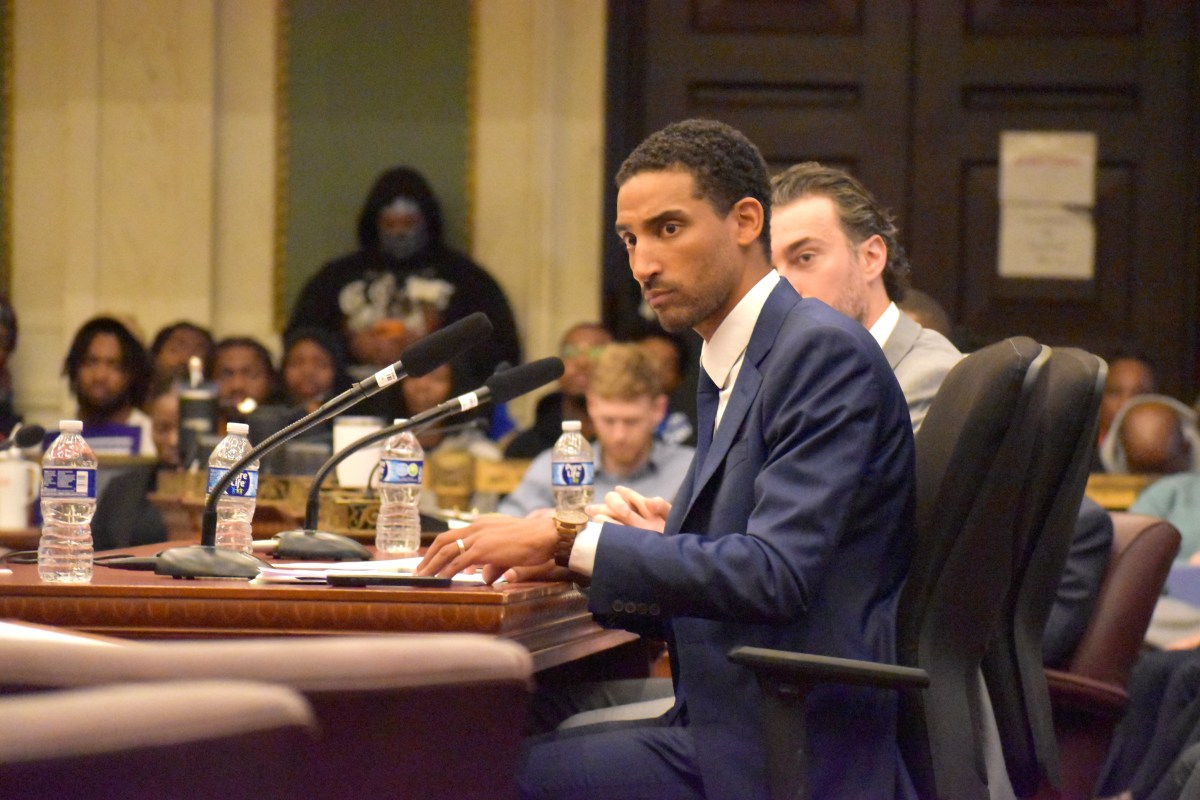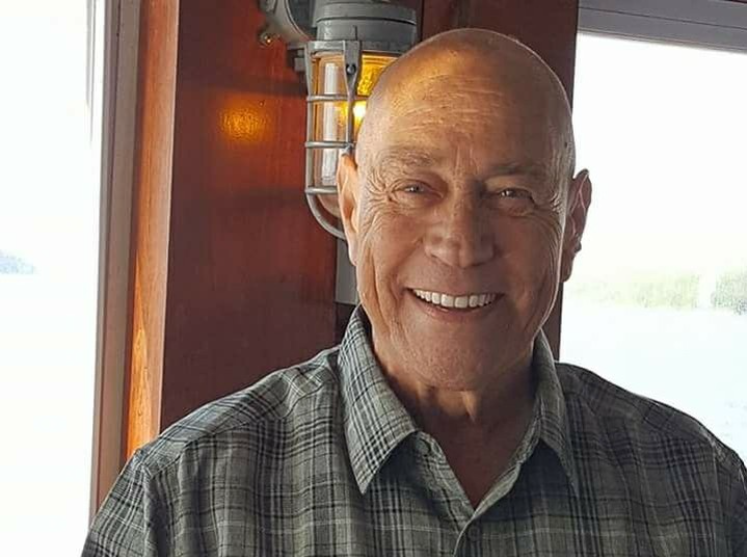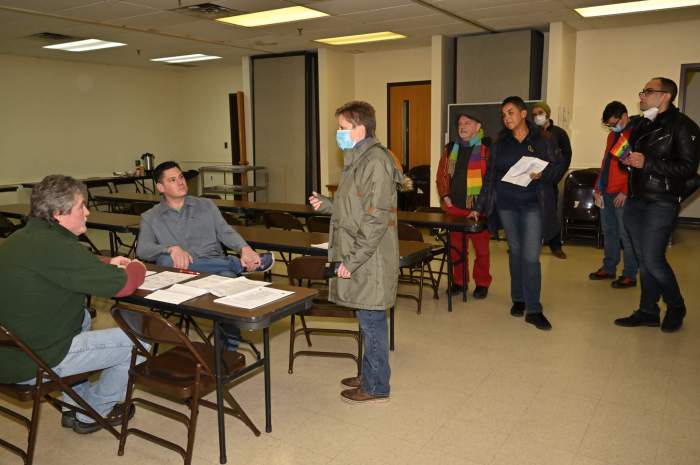By Renju Jose and Byron Kaye
SYDNEY (Reuters) -Australia must match developed nations and commit to cutting carbon emissions to net zero by 2050, or face higher borrowing costs, its treasurer said on Friday, as pressure builds on the government to firm up climate policies ahead of a key summit.
The highest per capita carbon emitter among the world’s richest nations, Australia has resisted pressure to fix such a target, but faces calls to stake out a position before November’s COP26 climate summit in Glasgow.
The warning by Treasurer Josh Frydenberg came as Prime Minister Scott Morrison struck an emissions-cutting deal with Indian leader Narendra Modi focused on the supply of hydrogen and low-cost solar energy.
Morrison’s conservative coalition also faces elections by next May and most polls point to a loss to the opposition Labor party, which has a policy to reach the net zero target.
The Nationals, the rural partner in the ruling coalition, oppose such a target for fear it could hurt their constituents.
“We cannot run the risk that markets falsely assume we are not transitioning in line with the rest of the world,” Frydenberg said.
“Were we to find ourselves in that position, it would increase the cost of capital and reduce its availability,” he added in an online speech to the Australian Industry Group.
As global financial markets prepare for lower emissions, any limited access to foreign funds would raise borrowing costs, affecting interest rates on home and business loans and the financial viability of big infrastructure projects, he said.
Current policy is to cut emissions by 26% to 28% by 2030 from 2005 levels, along with a commitment to spend A$18 billion ($13 billion) over 10 years on technology to rein in emissions, such as hydrogen, energy storage and carbon capture.
Morrison, in the United States for a meeting of the Quad alliance of nations, said no formal decision had been made on a net-zero target.
“We will be considering further when I return to Australia,” he told reporters in Washington, where he announced the deal with India.
“We recognise the changes that are taking place and we intend to be well positioned in the future to be successful with our industries in a new energy economy.”
Nationals leader Barnaby Joyce, whose support would be critical for a federal policy switch, said Australia would risk an energy crisis if it committed to a target without a plan.
“At the end of that graph resides coldness and unemployment, and we don’t want either of those,” Joyce told reporters.
“It’s very important to those in the blue-collar jobs … that they’re able to pay for their house, pay for their car, keep themselves in the life that they’ve worked very hard for.”
Advocacy group the Climate Council said Australia was hindering global efforts on emissions, such as a U.S. spending commitment and a promised halt to investment in coal-fired power stations.
“The government still hasn’t budged, despite calls to do more,” said Will Steffen, the group’s spokesman. “We are now one of the only advanced economies that hasn’t yet taken these essential steps.”
($1=1.3716 Australian dollars)
(Reporting by Byron Kaye and Renju Jose in Sydney; Editing by Richard Pullin and Clarence Fernandez)






















